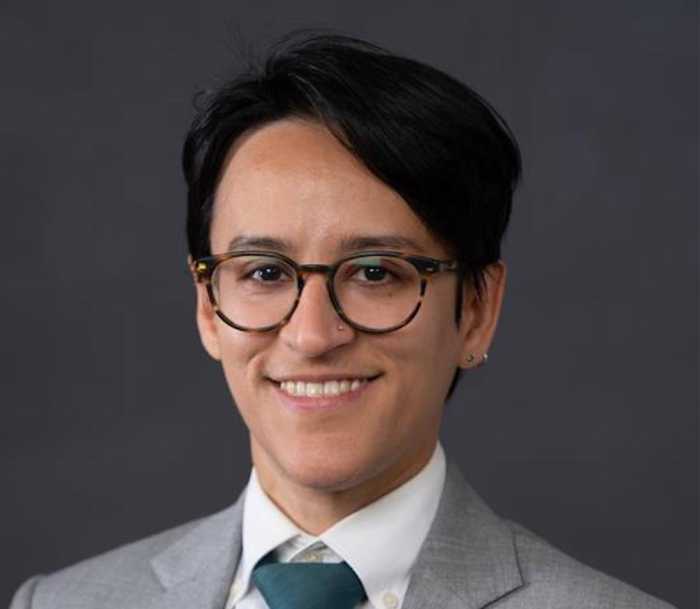Flipping through his sketchbook, it’s easy to imagine how Justin Peyser’s fieldwork as a community and real estate developer and his business meeting doodling led him here, to a second-story loft on 21st Street in Long Island City.
Give or take a few pieces – which he has happily sold – Peyser’s studio space is a complete chronology of his five years as a full-time “direct metal” sculptor and the more than 20 years it took him to get here.
Early-stage wire sculptures sit atop metal shelves, near pencil drawings and the occasional abstract painting that harkens back to Peyser’s undergrad days as a Harvard art student.
And along the room’s perimeter are the 45-year-old’s more or less finished works – Peyser says he likes to “play” with his pieces then let them “sit for a while” – that range from rough shapes crudely welded together like tectonic plates, to sleek stainless steel patterns layered and discreetly tacked together, to a prototype for an uncharacteristically figurative sculpture.
“I’ve always been interested in piecing together city blocks – or metal blocks,” Peyser explained recently in his studio, noting that he began his post-collegiate life working for famed developer Larry Silverstein.
The New Jersey native’s subsequent 20 years in real estate and community development led him to downtrodden neighborhoods throughout the metropolitan area, where the carcasses of buildings dotted the urban landscape. Inspired by his findings – and less so by his role as a “middle manager” – the married father of two enrolled five years ago in a series of welding workshops and ultimately moved into his Long Island City studio, to which he commutes almost daily from his Midtown home.
While Peyser was careful to note that he doesn’t dwell on metaphors when working on his sculpture, he admitted that much of his work is a riff on certain landscapes from his earlier career.
“Thin-Screen Television,” for instance, one of his earliest works, is evocative of a burned out, windowless building, while the rusty and more three dimensional “Cage Match” mimics an imaginative urban abode waiting for – or fearing – gentrification’s embrace.
“On some level,” Peyser explained, “my goal is to unify my two ways of thinking.”
“I can’t get away from the built environment,” he said.
In fact, Peyser yearns for his work to blend into its man-made surroundings, favoring installations and interaction over “plop art” that is mindlessly tossed into an exhibition.
The model for his stainless steel figurative piece, for example, will evolve over the coming months into a series that Peyser will escort to a Baroque Venetian palace next summer.
“I want to interact with Venice,” he said with a smile.
Peyser, who held a successful show in a Soho gallery last spring, confessed to a childhood love of collage and a decades-old affinity for Gerhard Richter, Chuck Close, David Smith and Eduardo Chillida. But, he emphasized, “I really try to make my own alphabet.”
“The question is,” he went on, “where do you go with metal?” Peyser paused for effect.
“You gotta go further, and that’s my journey.”
































